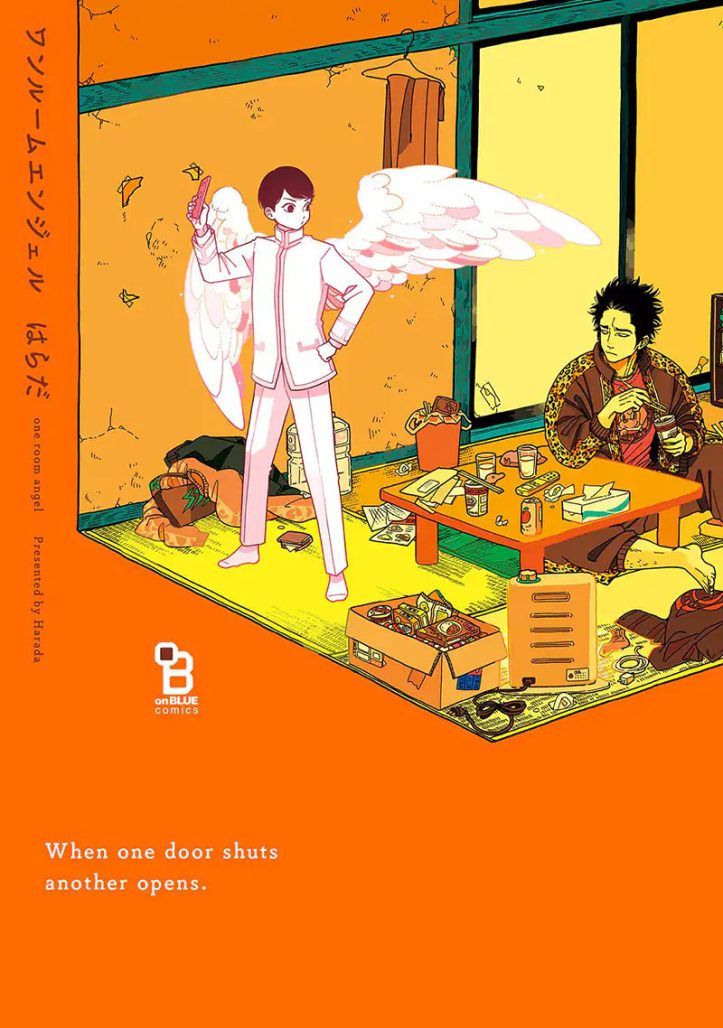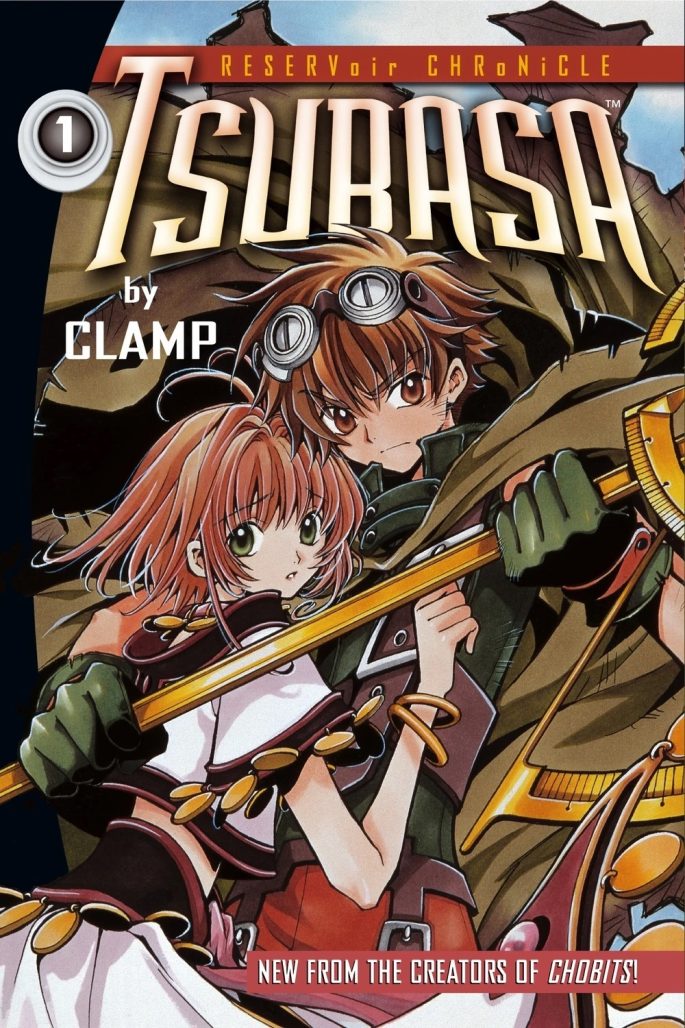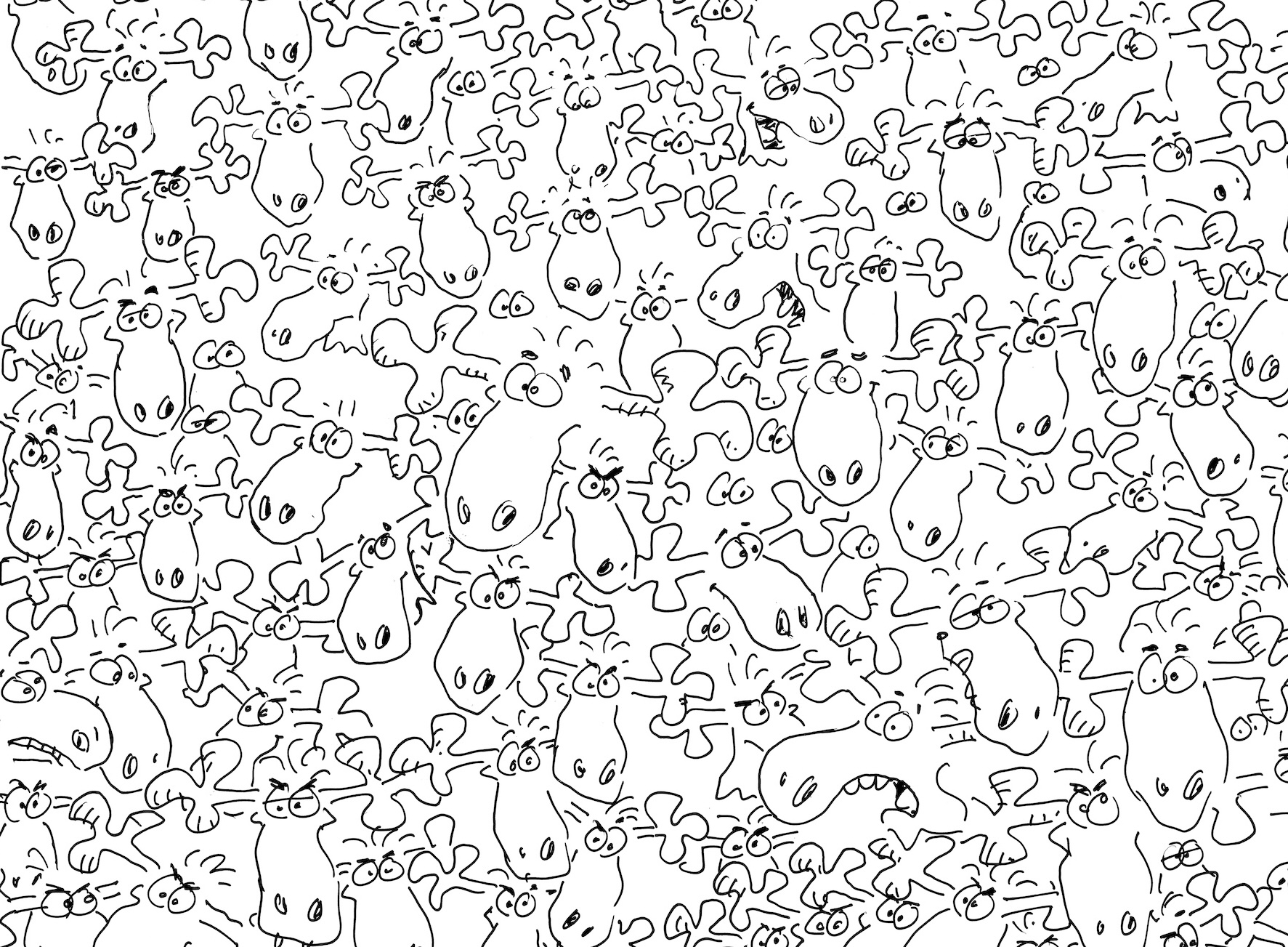There are two universal truths in today’s rapidly changing comics industry. The first is that Junji Ito is the defining artist of our era. The second is that more people are reading horror manga and Webtoons (aka vertical scroll comics) than ever before. Therefore, we at The Beat have chosen to embark on a new venture: Beat’s Bizarre Halloventure. Every week through October, three writers will recommend some of their favorite scary books and series from Japan, Korea, and elsewhere. This installment features such terrifying topics as unemployment! Crossovers! Mary Shelley’s classic novel Frankenstein!
One Room Angel
Writer/Artist: Harada
Translation & Lettering: Lidia Fieraru
Publisher: Manga Planet
30 years old and working part-time in a convenience store, Kouki barely exists. He has no friends, is in contact with no one, and lives in a cramped, run-down ‘room’ you can’t even call a flat. Saying he’s depressed without a hobby or ambition in life would be pointing out the obvious.
One night at the convenience store, he gets stabbed during a brawl with two thugs. Kouki is sure he’s reached the end of his life; seeing a beautiful angel descend before his eyes cements the feeling of ending. When he does open his eyes, it’s to a huge medical bill, unemployment, and a demanding, little brat of an angel waiting for Kouki at home.
Even though it’s been four years since I read it, Harada’s One Room Angel is still fresh in my memory. Part of the reason was that we were in the first year of the pandemic. Having to go through lockdown alone, Kouki’s circumstances resonated with mine. The rest is all Harada’s talent in crafting a mesmerizing and moving story, with faces so expressive that they convey feelings to the reader just as Kouki’s emotions flow through the angel.
The angel has no memory of why he is emotionally tied to Kouki, or why he can’t fly even though he has wings. In this completed, single-volume series, the two try to uncover who the angel might have been in his life as a human while spending time together. Although Kouki knows helping out the angel will mean his departure, he still can’t help but extend a hand.
Harada is one of the most well-known artists in the Boys’ Love genre. Many of their unpredictable stories explore the flawed or corrupt parts of the human psyche. While One Room Angel also deals with harsh circumstances, Harada’s approach is more compassionate and delicate this time. The chapters were serialized in Shodensha’s Boys’ Love imprint OnBLUE and that technically makes One Room Angel a Boys’ Love series. But Harada instead focuses here on the human condition rather than romance in the traditional sense.
I highly recommend this award-winning manga to readers who might enjoy a series with supernatural elements and are in for a good cry. — Merve Giray
Tsubasa: RESERVoir CHRoNiCLE
Writer/Artist: CLAMP
Translation: Anthony Gerard & William Flanagan
Lettering: Dana Hayward
Publisher: Kodansha
Tsubasa: RESERVoir CHRoNiCLE is CLAMP’s most ambitious story to date. Princess Sakura and her best friend Syaoran are entangled in events that span the multiverse after Sakura’s memories are scattered. The two of them, alongside a merry band of friends they meet along the way, must traverse dimensions to retrieve them. It’s a tale that celebrates CLAMP’s extensive catalog of characters and history as so many of the major players, including our two wayward travelers, are different versions of characters seen in other works by CLAMP.
Although it is unnecessary to read any other CLAMP work to enjoy this story, it’s a richer experience if you have. The series crosses over multiple times with their other work xxxHolic, but all the information you need to understand what’s going on is contained in this story. If you do read xxxHolic though, you would see the same events just from the perspectives of those characters. [Editor’s Note: xxxHolic is a fan favorite in its own right, so it’s worth reading regardless!]
Tsubasa takes incredible twists and turns and has a ton of exciting and interesting concepts. In my opinion, it’s well worth diving into. When I first read this series I did not have extensive knowledge of CLAMP’s catalog, yet I found the series very approachable as a reader and entertaining as hell. The characters of Fai and Kurogane are some of the best in manga.
There has in recent years been a short-lived sequel series, but I haven’t read that yet so I can’t speak to its quality. What I can say, however, is Tsubasa is a helluva ride. I very much recommend it. — Derrick Crow
Frankenstein
Writer/Artist: Junji Ito
Translation: Jocelyn Allen
English Adaptation: Nick Mamatas
Lettering: James Dashiell
Publisher: VIZ
Frankenstein; or, The Modern Prometheus by Mary Shelley is one of the most famous novels ever written. It is a landmark work of gothic horror and science fiction, adapted in various forms of media from the classic Universal horror films to Bernie Wrightson’s iconic illustrations. Among these storied adaptations surely is the one from early in the career of horror legend Junji Ito.
Originally published in Japan from 1994 to 1998, Ito’s adaptation is a rather faithful retelling. Caught on the ice in the Arctic, Dr. Victor Frankenstein confesses his life story. The highlights are all here, from Frankenstein’s early fascination with science to his grave-robbing university days. Some sections are truncated (the last third of the novel is almost stripped out), but for the most part, Ito sticks closely to Shelley’s novel.
Ito, best known for cosmic horror, has a natural flair for the Gothic. His adaptation lacks an expected atmosphere. There are graveyards and corpses but not much fog, castles, or even lightning during the iconic birth scene. Ito brings his keen sense of existential dread to this classic story, though.
He captures Victor Frankenstein as the Prometheus of the book’s title. His quest for knowledge to conquer death dooms him as soon as he pursues it. Once he brings his creation to life, his sanity is in a similar state of decay as the monster’s body. Science and ambition are their own prisons.
What really sells this take on the novel is Ito’s portrayal of the monster. Most adaptations generate a certain sympathy for this creature with the scientist or villagers being the real villains. However, Ito is okay with the monster actually being a monster. This is a massive, constantly rotting creature.
He takes obvious inspiration in the face from Christopher Lee’s appearance in the Hammer film The Curse of Frankenstein. This monster’s elongated limbs and scarred body could never blend in with humanity. Ito creates a creature destined for loneliness. When it howls in mourning at the death of its creator, this would always be the only life for this thing.
If God created man in his own image, then Junji Ito has created Victor Frankenstein’s monster in his. This adaptation follows two isolated and violent souls whose desires lead them to loneliness and death. — D. Morris
Follow Beat’s Bizarre Adventure to get weekly manga and webtoon recommendations!
























 English (US) ·
English (US) ·